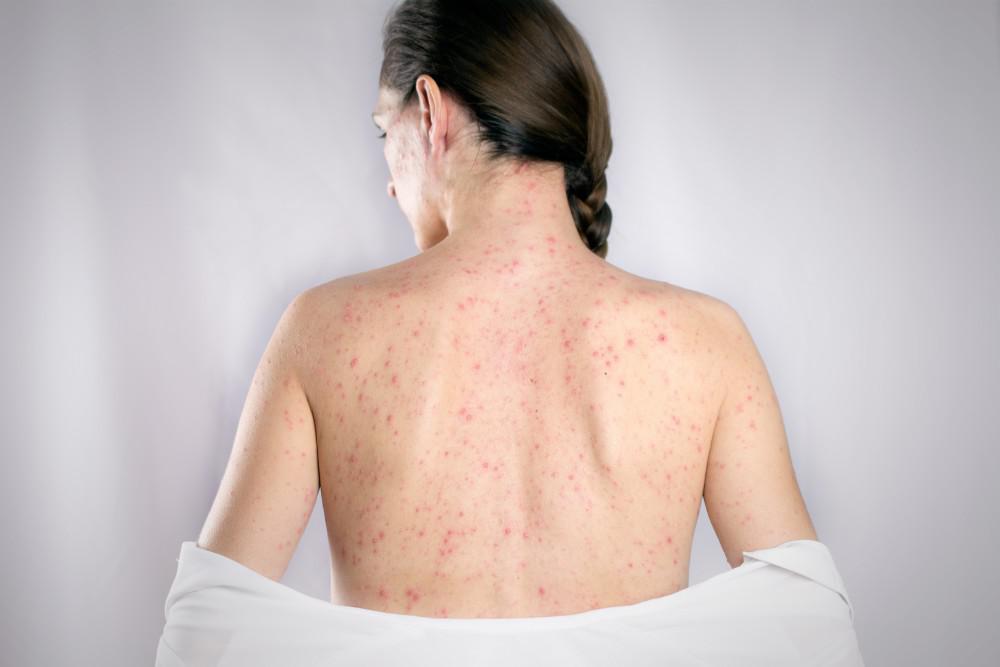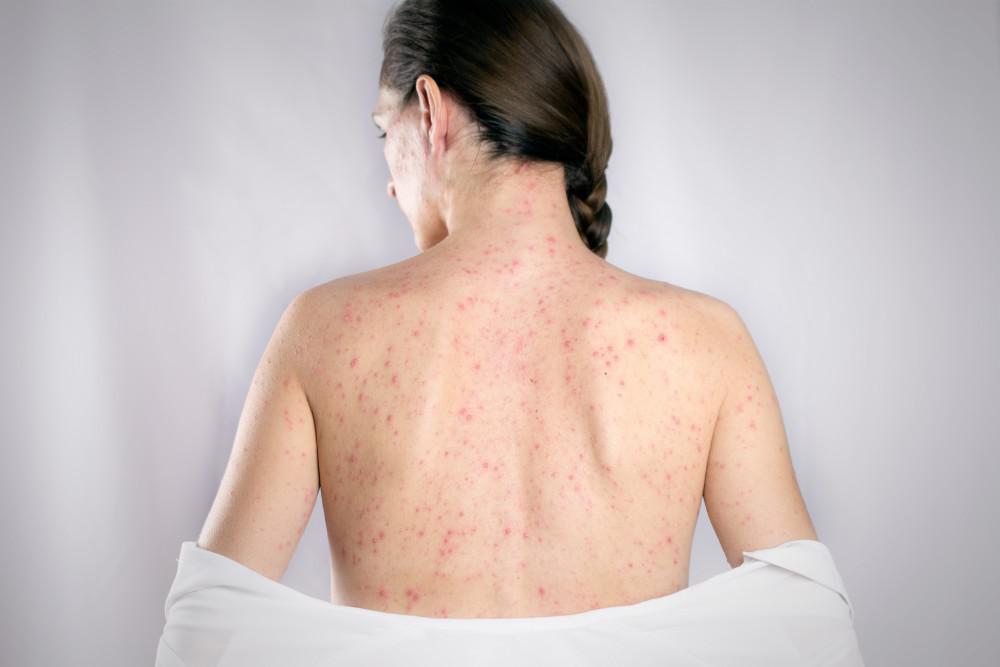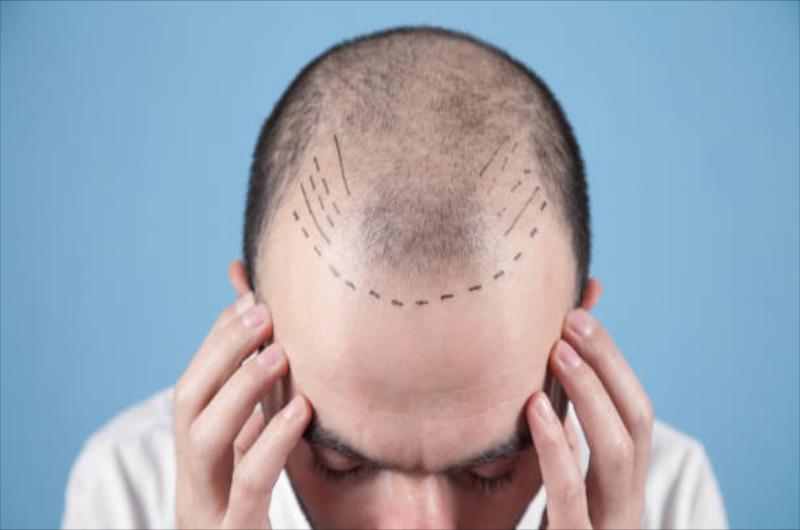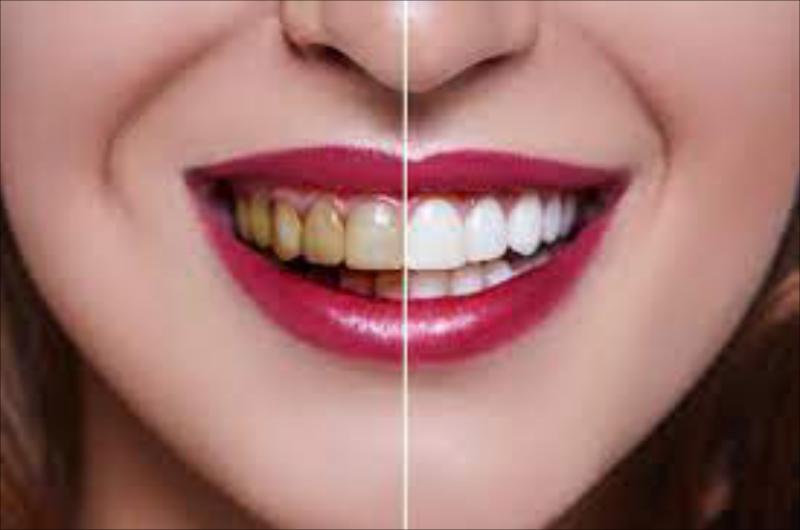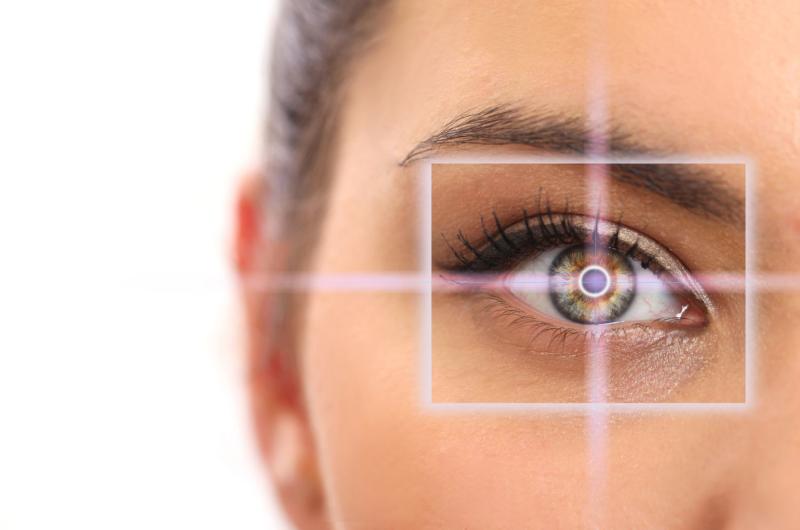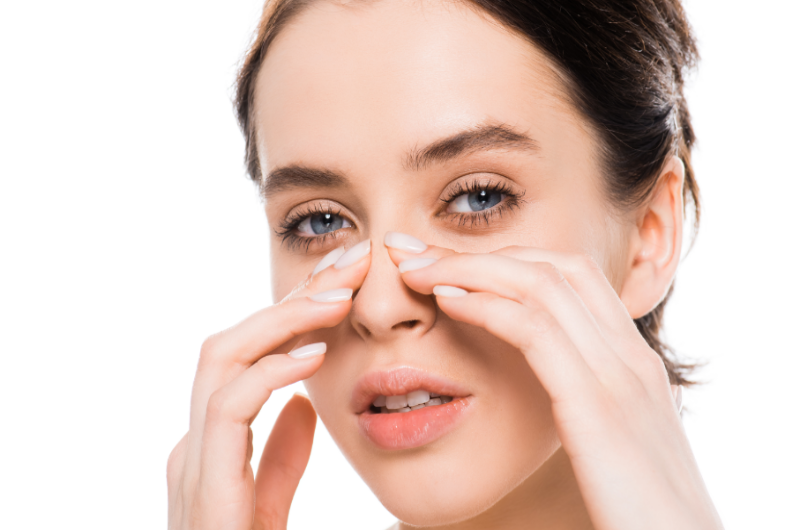About Treatment
Herpes zoster is a viral disease characterized by unilateral skin rashes with severe pain syndrome. This disease is mostly seen in people of the elderly age, as well as people with weakened immunity: patients with leukemia, lymphogranulomatosis, neoplasms, receiving chemotherapy, long-term receiving corticosteroids and immuno-depressants. The infection is especially common in patients with acquired immunodeficiency syndrome.
Children who have not previously had chickenpox, upon contact with patients with this disease, develop typical "chickenpox".
It has been proven that after the transferred chickenpox, the virus persists for many years in the human nerve fibers, without causing any damage to human health. With a sharp weakening of local and general immunity, the activation of the virus may occur, and the infection manifests itself in the form of rashes in those skin areas for which the affected nerve is responsible. In most cases, the intercostal nerves or the trigeminal nerve are affected.
Characteristic feature of herpes zoster is one-sided lesion.
Depending on the localization of nerve damage, the following conditions may develop:
Ophthalmic herpes zoster - the virus enters the ophthalmic branch of the trigeminal nerve, which is dangerous by damage to the cornea.
Ramsey-Hunt syndrome - rashes occur in the external auditory canal or oropharynx and are accompanied by unilateral paralysis of facial muscles. In some cases, hearing loss and systemic dizziness also develop.
Herpes zoster is muscle weakness in areas of skin rash.
Herpes zoster Treatment
The disease is treated in a comprehensive manner. Most likely, you will not need to go to a clinic. Therapy is carried out with medications, antiviral and immunomodulatory drugs. The effectiveness of therapy directly depends on the rate at which it starts: it is better to start as early as possible.
With complex gangrenous and common forms of herpes zoster, or when the eye (ear) is affected, you will need to go to a hospital. Physiotherapeutic agents help well: UV irradiation, UHF, electrophoresis. Local therapy is used - aniline dyes, ointments, which, when used in combination, also accelerate recovery. In severe forms of the disease, antibiotics will be included in the complex therapy. Anti-relapse therapy is also helpful.
After elimination of skin rashes, therapy will be continued by our neuropathologists until the disappearance of post-herpes neurological pain sensations.
Duration of Treatment
Treatment for herpes zoster takes from a week to a month. The duration depends on the characteristics of the disease and the organism.
The consequence for the human body after the treatment of herpes zoster is severe pain in places where there were ulcers. The syndrome is called postherpetic neuralgia and lasts from a couple of months to a couple of years. The causes of the syndrome are the activity of the virus for some time in the nervous system after recovery.
-
Prevention
Physical activity
Balanced diet
Regular stay in the fresh air, walking
Prevention of contact with patients with chickenpox -
Diagnostics
Microscopy
Immuno-fluorescent method
Serological method
PCR (identification of pathogen)
Virus cultivation
For motor herpes zoster, acute onset, general malaise, fever, slight itching, tingling sensation, severe burning pains at the site of future rashes are characteristic. Rashes appear along the course of individual sensory nerves in the form of indistinct pinkish spots (3-5 cm), against which, after 18-24 hours, groups of painful vesicles are formed, filled with transparent and then turbid contents. The rash disappears within 2-4 weeks: the bubbles dry up, forming yellow-brown crusts, which then disappear, leaving a slight pigmentation. The pains sometimes become unbearable, intensified at the slightest touch to the skin, with cooling, movement. Sometimes the disease is characterized by intoxication and neuralgic pain, there is no rash. When skin rashes appear, pains usually become less intense. Pain can persist for weeks or months.
Ophthalmic herpes zoster is characterized by a particularly severe course, which can last for several weeks. In the ocular form, specific viral keratitis is observed, less often iritis, glaucoma. the virus enters the ophthalmic branch of the trigeminal nerve.
Ramsey-Hunt syndrome is characterized by a red, painful rash in the ears or mouth and facial paralysis (such as the eyelid or mouth) on one side of the face. Symptoms such as ear pain, dizziness, dry eyes, changes in taste may occur.
Treatment is aimed at combating intoxication, relieving pain and preventing the generalization of infection. As a rule, patients with this disease do not need hospitalization and the further prognosis is favorable. However, in order to prevent complications, an urgent need to consult a doctor.
The development of the disease is usually accompanied by high fever, lethargy, intercostal neuralgia. Spots appear on the skin, vesicles with serous matter are grouped, pustules are formed. Then erosion, crust. Swelling spots may occur. They merge in a ribbon-like manner into painful lesions. The pain is shooting, dull, pulling. Sometimes it is limited to external affected foci, sometimes wandering. An unpleasant feature of the disease is the persistence of pain (postherpetic neuralgia), which sometimes lasts for years, regardless of therapy, even after getting rid of external skin pathology.
Clinical varieties of herpes zoster:
bullous;
hemorrhagic;
gangrenous;
generalized.
Diagnosis of the disease for an experienced specialist usually does not pose a problem - along the course of innervation, on the edematous base, the typical arrangement of herpetiform elements.
Herpes zoster is triggered by the Herpes Zoster virus. Most often, elderly people are sick with the presented disease. The main cause of herpes zoster is the activation of a pathogen that is present in the body in an inactive form. The factors of its activation are hypothermia, stress, taking drugs that suppress the immune system.

